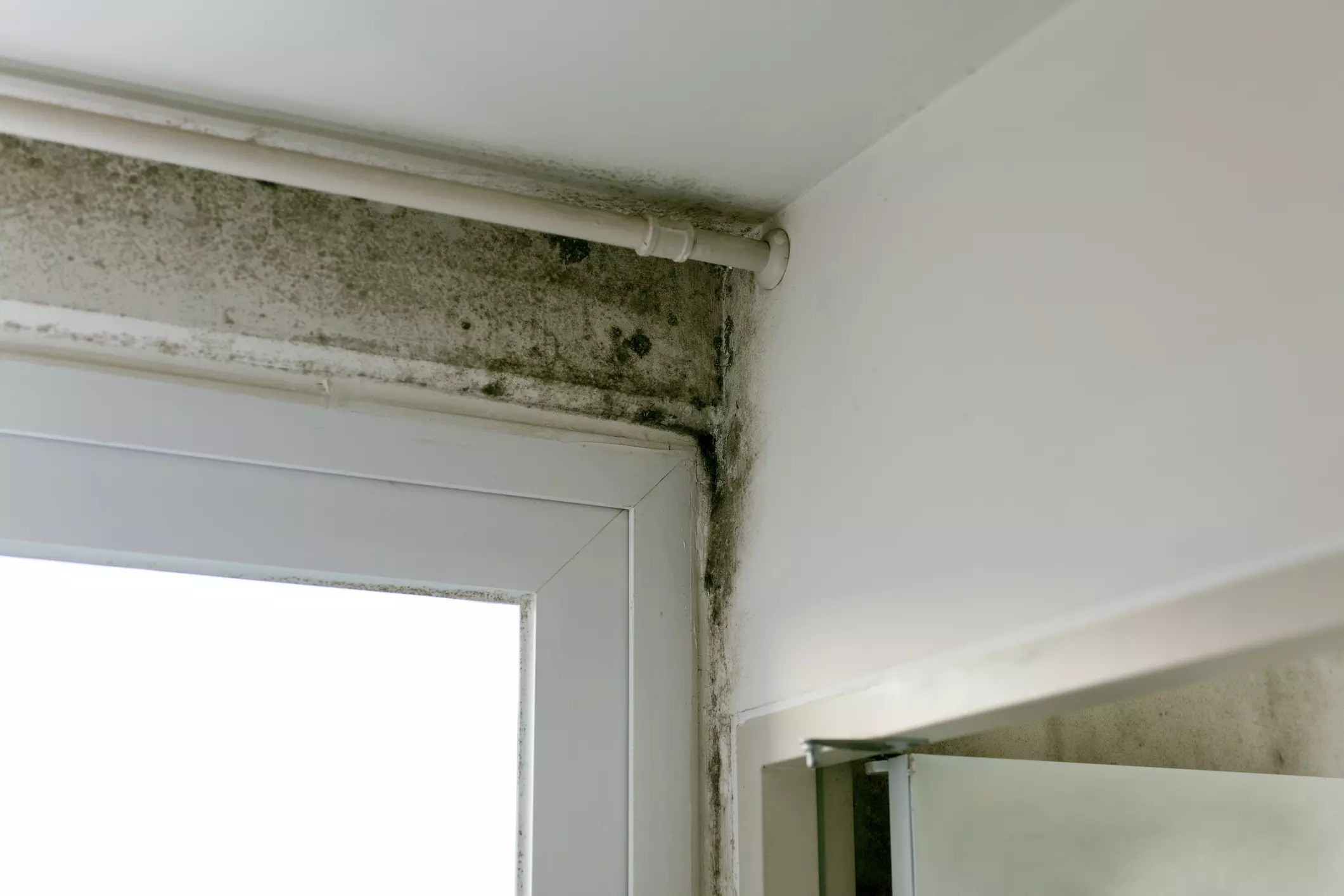
In July 2024, a webinar addressed ways the U.S. government could enhance indoor air quality (IAQ), emphasising the serious consequences of ignoring this issue. In developed nations, individuals spend an estimated 90% of their time indoors. With this in mind, how does the quality of indoor environments affect health, and what can be done to improve it? Paul Beech, Commercial Director of thermal break specialist Armatherm, discusses the importance of ensuring healthy indoor conditions and identifying solutions to issues that may harm building occupants.
Housing quality in the United States has been a growing concern for decades. Many homes built during post-war housing booms or in response to market demands were constructed quickly, often without adequate insulation.
These older properties frequently suffer from poor IAQ, caused by a buildup of harmful pollutants. Damp and mold are particularly problematic and contribute to health risks such as asthma, respiratory infections, and even heart disease or cancer. Especially in multifamily buildings, thermal bridges can cause condensation that provides the moisture mold needs to grow.

One pressing concern is the increase in ‘forever chemicals’—pollutants that persist in the environment and are linked to serious health problems. Despite their risks, chemical regulations in the U.S. often fall short, leaving many residents unaware of how to reduce exposure effectively.
The Royal Society of Chemistry has recently highlighted the need for stricter chemical regulation. Everyday actions like cooking and cleaning can introduce harmful pollutants into indoor spaces. Simple steps, such as using extractor fans or opening windows, help remove contaminants, but access to these tools isn’t guaranteed for all homes.
Recognising the impact of air pollution on health is essential. Consistent access to fresh air through proper ventilation, operable windows, extractor fans, or air filtration systems can significantly reduce health risks from poor IAQ. Implementing these solutions not only promotes healthier indoor environments but also helps reduce the transmission of infectious diseases.
